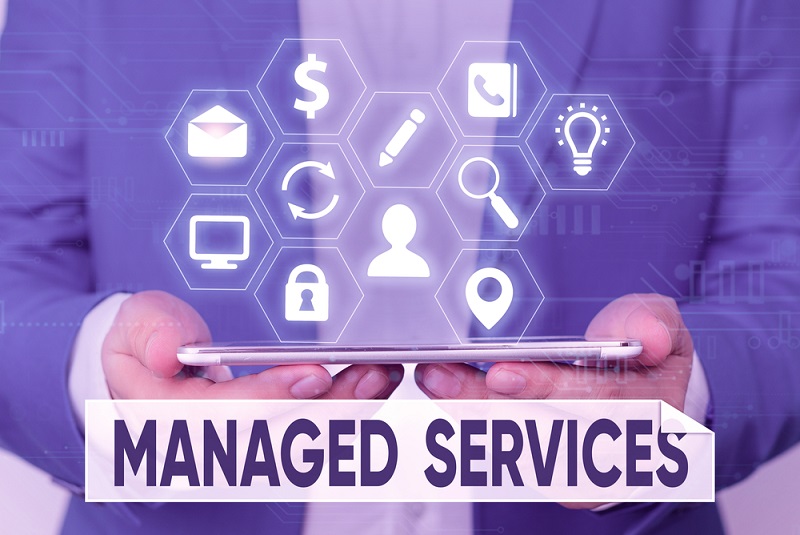What is a SOC?
A Security Operations Center (SOC) is the core of an organization’s cybersecurity program. It is responsible for identifying and responding to cybersecurity incidents within the network.
An organization’s SOC is composed of a few interrelated pieces:
- The People: SOC analysts are cybersecurity professionals tasked with monitoring and protecting the organization’s network. They are responsible for investigating and responding to alerts and logs of potential intrusions or other incidents within the network.
- The Tools: SOC analysts are supported by an array of different tools. Cybersecurity solutions, like a Security Information and Event Management (SIEM) appliance, perform automated data collection and/or analysis. This maximizes the effectiveness of the SOC analysts by providing them with the data and context that they require to identify and respond to cyber threats.
- The Processes: Processes and procedures are essential to the operation of an effective SOC. Detecting an intrusion may require an analyst to take certain steps or investigate certain types of data. During a cybersecurity incident, SOC analysts must act rapidly and correctly to address the threat. Well-defined, effective policies and procedures are essential to both of these.
Benefits of a 24/7 SOC
Implementing a SOC is an important first step for an organization’s cybersecurity. It acts as the first line of defense against cyber threats.
However, having a SOC that only works during business hours is not enough. Organizations require a 24/7 SOC to provide continuous protection in order to minimize cyber risk to the company. Implementing a 24/7 SOC provides a number of different benefits.
Round-the-Clock Network Monitoring
Having a SOC that is restricted to only operating during business hours doesn’t make sense. Cyberattacks can occur outside of standard working hours for a number of different reasons, such as:
- Time Zones: The Internet is a global network, meaning that an organization can be attacked from anywhere. This means that it might be standard business hours where the attacker is but the middle of the night at their target.
- Hobbyist Cybercriminals: Not all cybercriminals are professionals that have cybercrime as their 9 to 5 job. Hobbyist cybercriminals with day jobs may only be free to perform their attacks on nights and weekends.
- Automated Attacks: The use of automation for attacks has grown dramatically with many botnets constantly on the attack. These malicious scripts have no reason to limit their attacks to standard working hours.
- Stealthy Attackers: During the day when an organization’s SOC is fully staffed and at its most operational, it is most likely to rapidly identify and respond to potential threats. Attacking overnight or on weekends increases the probability that an attacker will have time to achieve their objective before discovery.
A 24/7 SOC helps an organization to address all of these potential cases. Instead of leaving any alerts or incidents that are discovered outside of business hours until the next working day, the SOC operates in shifts providing continuous threat detection and response. This enables it to rapidly respond to potential attacks, decreasing their potential cost and impact to the organization.
Rapid Incident Response
The longer that an attacker has access to an organization’s systems, the more damage that can be done and the more difficult it is to remediate the incident. Some attackers can move laterally within an organization’s network to infect new computers within an hour of the initial attack. Additionally, malware used in an attack may include persistence mechanisms to make it harder to remove or do irreparable damage to an infected machine (like ransomware or wiper malware).
An organization without a 24/7 SOC is running the risk that an attack will occur and not be detected during the SOC’s “off hours”. By implementing round-the-clock network monitoring and incident response, an organization increases the probability that any cybersecurity incidents will be detected and remediated before considerable damage is done.
Regulatory Compliance
Most organizations collect and process data that is protected under one or more data protection laws. These laws can apply to certain jurisdictions (like the EU’s GDPR or California’s CCPA) or protect certain types of data (like payment card or healthcare data under PCI DSS and HIPAA).
These regulations commonly require an organization to put security controls in place and report any breaches of protected data to a regulatory authority. Failure to comply with the regulation can open up an organization to regulatory penalties or legal suits.
A 24/7 SOC can help an organization to minimize its risk of a cybersecurity incident that violates regulatory requirements. By implementing 24/7 network monitoring and threat detection and response, the organization ensures that it is ready to respond to any potential cybersecurity incident before the attacker can access and steal sensitive and protected information.
Why Partner with a Managed SOC?
Implementing a 24/7 SOC like Clearnetwork’s 24/7 Managed SOC Service is an essential component of any organization’s cybersecurity strategy. However, many companies may find this challenging for a number of different reasons:
- Lack of Skilled Personnel: The cybersecurity industry is experiencing a skills shortage, making it difficult for organizations to fully staff their security teams. This can make it difficult for an organization to attract and retain enough SOC analysts to staff a 24/7 SOC.
- Need for Specialized Tools: A SOC’s tools are a critical component of its ability to operate effectively. Creating a 24/7 SOC in-house means that an organization needs to purchase and deploy a full solution stack for the SOC analysts to use.
- High Total Cost of Ownership: Personnel and appliances are only two of the costs associated with operating a 24/7 SOC. Organizations must also pay licensing fees for security software and other costs associated with running a 24/7 unit (such as electric, heating and cooling, compensation for overnight shifts, etc.).
Partnering with a third-party SOC provider like Clearnetwork can enable an organization to take advantage of all of the benefits of a 24/7 SOC without the cost associated with operating it in-house. Working with an MSSP enables the costs associated with a SOC to be shared over the MSSP’s entire client base, allowing an organization to take advantage of a high-performing SOC (likely more mature than one that could be hosted in-house) and have access to specialized expertise when needed at a fraction of the cost.





